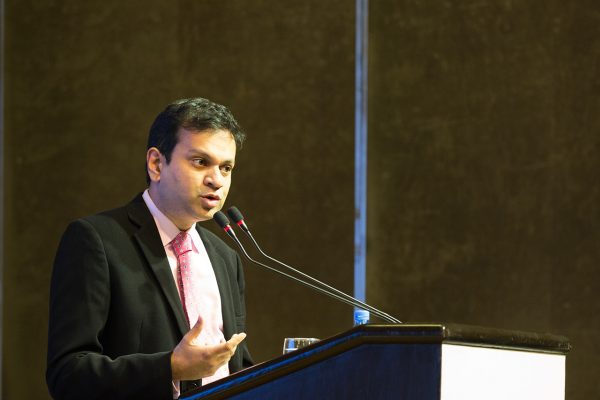Reading Time: < 1 minute
After a few years of trail and error, BRAC figured out a way to make sure those living in poverty and those living around poverty are “in the room,” or in other words they play a major role in deciding which household among them really is the neediest.
On one hand, over the past few months there’s been a lot of hype–and counter-hype— around the idea that just giving cash directly to the poor might actually be the most cost effective way to help. Even Ben Affleck is weighing in on the conversation. There’s a great summary over on the World Bank’s Development Impact blog if you want to catch up.
On the other hand, Peter Buffett, son of Warren Buffett (and a major BRAC benefactor), shook the philanthropic world with a July 26 New York Times op-ed alleging that most people giving away big buckets of money aren’t thoughtful enough in how they choose to give.
Insert into this ongoing discussion a vital question from author Courtney Martin, contained within an Al-Jazeera opinion piece published this week:
It would be better if philanthropists lived lives less segregated from the rest of the world, but that’s easier said than done. Meanwhile, they need to depend on these kinds of bridging institutions. They need to habitually ask: “Who isn’t in this room, and how does their absence limit our capacity to answer questions about poverty and violence?” They need to acknowledge whom and what they don’t know.
After a few years of trail and error, BRAC figured out a way to make sure those living in poverty and those living around poverty are “in the room,” or in other words they play a major role in deciding which household among them really is the neediest. Only then does BRAC invite those households identified into BRAC’s graduation program targeting the ultra-poor. Watch the whole process, from community mapping to results:





